Lamborghini Urus vs Maserati MC20 Roadster – Which model is better for everyday use?
Two cars, one duel: Lamborghini Urus meets Maserati MC20 Roadster.
Which one wins in performance, efficiency and value for money? Find out now!
Costs and Efficiency:
Price and efficiency are key factors when choosing a car – and this is often where the real differences emerge.
Lamborghini Urus has a to a small extent advantage in terms of price – it starts at 199400 £, while the Maserati MC20 Roadster costs 235600 £. That’s a price difference of around 36107 £.
Fuel consumption also shows a difference: Lamborghini Urus manages with 2.10 L and is therefore clearly more efficient than the Maserati MC20 Roadster with 11.70 L. The difference is about 9.60 L per 100 km.
Engine and Performance:
Power, torque and acceleration are the classic benchmarks for car enthusiasts – and here, some clear differences start to show.
When it comes to engine power, the Lamborghini Urus has a noticeable edge – offering 800 HP compared to 630 HP. That’s roughly 170 HP more horsepower.
In acceleration from 0 to 100 km/h, the Maserati MC20 Roadster is slightly quicker – completing the sprint in 2.90 s, while the Lamborghini Urus takes 3.30 s. That’s about 0.40 s faster.
In terms of top speed, the Maserati MC20 Roadster performs barely noticeable better – reaching 320 km/h, while the Lamborghini Urus tops out at 312 km/h. The difference is around 8 km/h.
There’s also a difference in torque: Lamborghini Urus pulls clearly perceptible stronger with 950 Nm compared to 730 Nm. That’s about 220 Nm difference.
Space and Everyday Use:
Whether family car or daily driver – which one offers more room, flexibility and comfort?
Seats: Lamborghini Urus offers convincingly more seating capacity – 5 vs 2.
In curb weight, Maserati MC20 Roadster is significantly lighter – 1534 kg compared to 2150 kg. The difference is around 616 kg.
In terms of boot space, the Lamborghini Urus offers significantly more room – 616 L compared to 100 L. That’s a difference of about 516 L.
When it comes to payload, Lamborghini Urus clearly perceptible takes the win – 350 kg compared to 256 kg. That’s a difference of about 94 kg.
Who comes out on top?
Overall, the Lamborghini Urus shows itself to be leaves the rival little chance and secures the title of DriveDuel Champion.
It convinces with the more balanced overall package and proves to be the more versatile choice for everyday use.
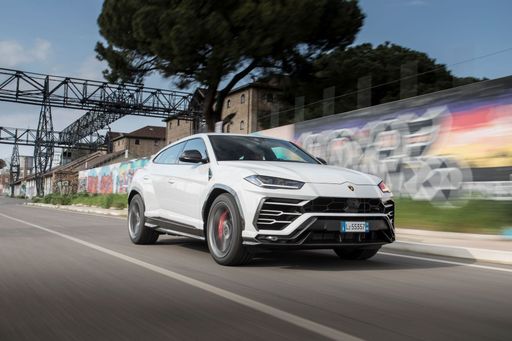
Lamborghini Urus
Lamborghini Urus
The Lamborghini Urus is a striking blend of performance, luxury, and versatility, embodying the spirit of a supercar in a high-performance SUV form. Its bold design and aggressive lines make a statement on the road, ensuring it stands out in any environment. Inside, the Urus combines premium materials with cutting-edge technology, offering a driving experience that is both exhilarating and comfortable.
details @ Automobili Lamborghini S.p.A.
@ Automobili Lamborghini S.p.A.
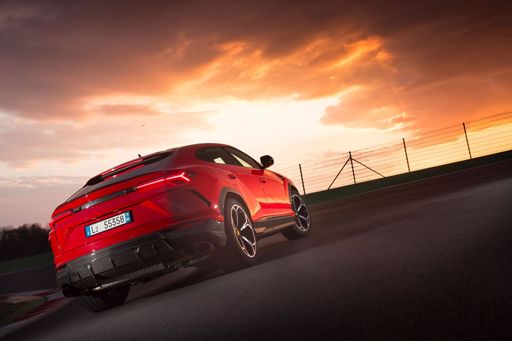 @ Automobili Lamborghini S.p.A.
@ Automobili Lamborghini S.p.A.
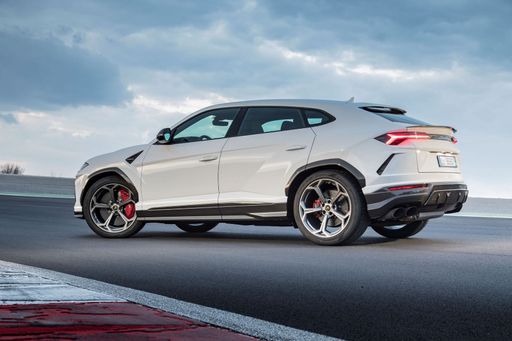 @ Automobili Lamborghini S.p.A.
@ Automobili Lamborghini S.p.A.
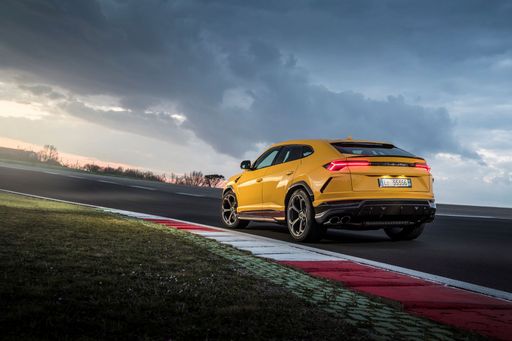 @ Automobili Lamborghini S.p.A.
@ Automobili Lamborghini S.p.A.
 @ Automobili Lamborghini S.p.A.
@ Automobili Lamborghini S.p.A.
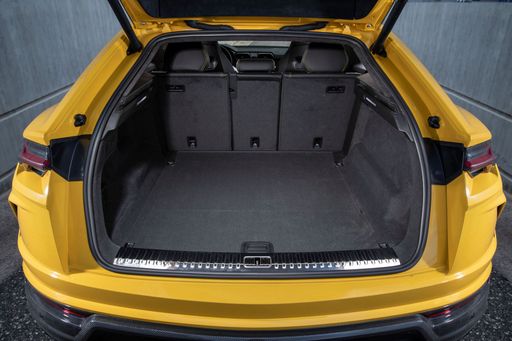 @ Automobili Lamborghini S.p.A.
@ Automobili Lamborghini S.p.A.
Maserati MC20 Roadster
The Maserati MC20 Roadster captivates with its stunning design and open-top allure, embodying a perfect blend of luxury and performance. Its engineering excellence ensures an exhilarating driving experience, supported by a powerful engine and advanced aerodynamics. Inside the cabin, the Roadster combines sophisticated technology with premium materials, offering both driver and passenger an immersive and refined environment.
details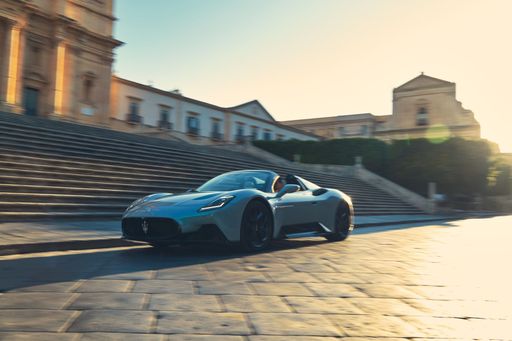 @ Maserati
@ Maserati
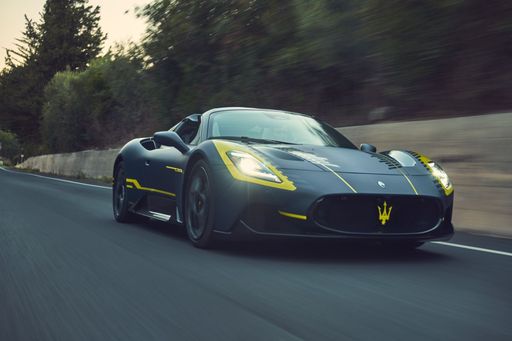 @ Maserati
@ Maserati
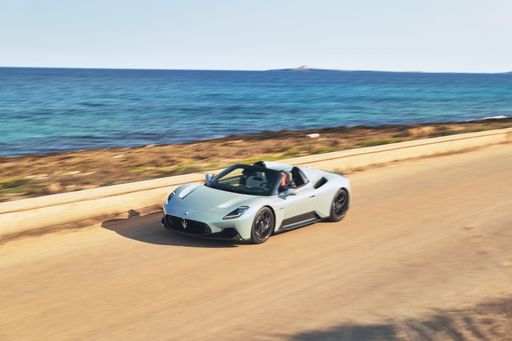 @ Maserati
@ Maserati
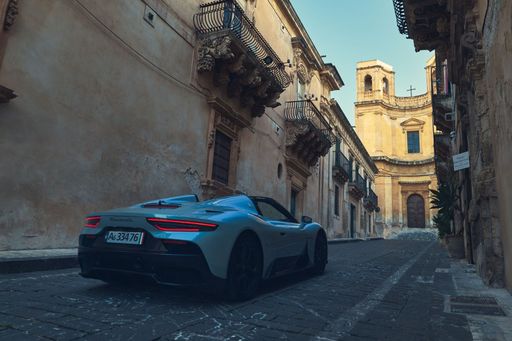 @ Maserati
@ Maserati
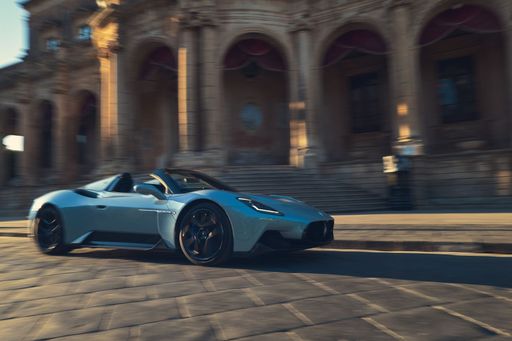 @ Maserati
@ Maserati
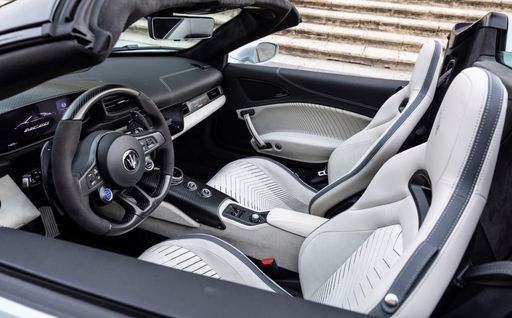 @ Maserati
@ Maserati
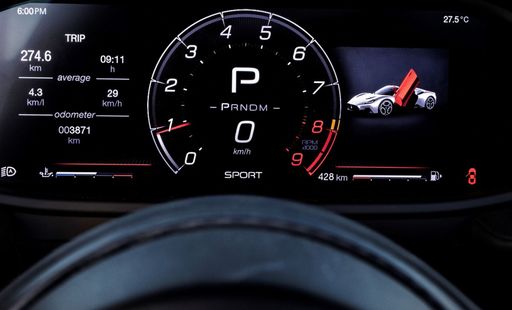 @ Maserati
@ Maserati
 @ Maserati
@ Maserati

|

|
|
|
|
Costs and Consumption |
|
|---|---|
|
Price
199400 - 257100 £
|
Price
235600 £
|
|
Consumption L/100km
2.1 - 14.1 L
|
Consumption L/100km
11.70 L
|
|
Consumption kWh/100km
-
|
Consumption kWh/100km
-
|
|
Electric Range
60 km
|
Electric Range
-
|
|
Battery Capacity
-
|
Battery Capacity
-
|
|
co2
51 - 320 g/km
|
co2
265 g/km
|
|
Fuel tank capacity
85 L
|
Fuel tank capacity
60 L
|
Dimensions and Body |
|
|---|---|
|
Body Type
SUV
|
Body Type
Roadster
|
|
Seats
5
|
Seats
2
|
|
Doors
5
|
Doors
2
|
|
Curb weight
2150 - 2405 kg
|
Curb weight
1534 kg
|
|
Trunk capacity
454 - 616 L
|
Trunk capacity
100 L
|
|
Length
5112 - 5137 mm
|
Length
4669 mm
|
|
Width
2018 - 2026 mm
|
Width
1965 mm
|
|
Height
1618 - 1638 mm
|
Height
1224 mm
|
|
Max trunk capacity
1596 L
|
Max trunk capacity
-
|
|
Payload
100 - 350 kg
|
Payload
256 kg
|
Engine and Performance |
|
|---|---|
|
Engine Type
Petrol, Plugin Hybrid
|
Engine Type
Petrol
|
|
Transmission
Automatic
|
Transmission
Automatic
|
|
Transmission Detail
Automatic Gearbox
|
Transmission Detail
Dual-Clutch Automatic
|
|
Drive Type
All-Wheel Drive
|
Drive Type
Rear-Wheel Drive
|
|
Power HP
666 - 800 HP
|
Power HP
630 HP
|
|
Acceleration 0-100km/h
3.3 - 3.5 s
|
Acceleration 0-100km/h
2.90 s
|
|
Max Speed
305 - 312 km/h
|
Max Speed
320 km/h
|
|
Torque
850 - 950 Nm
|
Torque
730 Nm
|
|
Number of Cylinders
8
|
Number of Cylinders
6
|
|
Power kW
490 - 588 kW
|
Power kW
463 kW
|
|
Engine capacity
3996 cm3
|
Engine capacity
3000 cm3
|
General |
|
|---|---|
|
Model Year
2022 - 2024
|
Model Year
2024
|
|
CO2 Efficiency Class
G, B
|
CO2 Efficiency Class
G
|
|
Brand
Lamborghini
|
Brand
Maserati
|
Is the Lamborghini Urus offered with different drivetrains?
The Lamborghini Urus is offered with All-Wheel Drive.
The prices and data displayed are estimates based on German list prices and may vary by country. This information is not legally binding.
